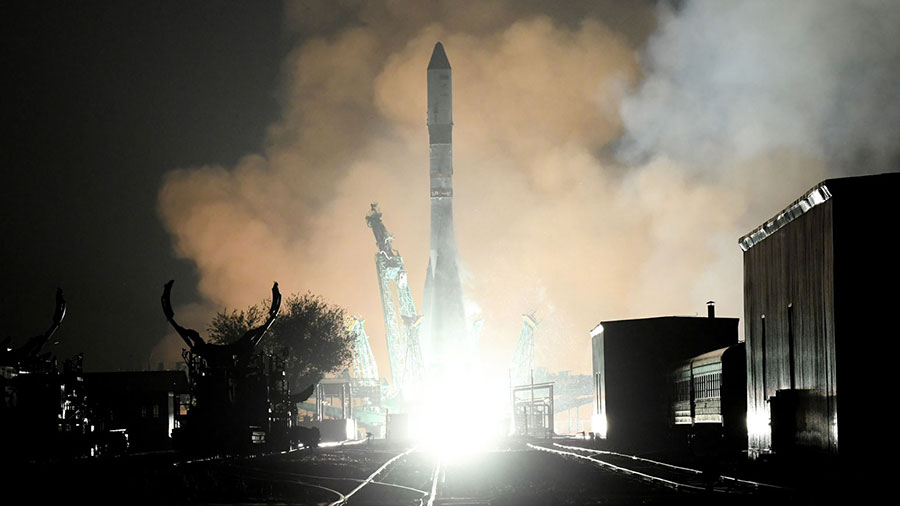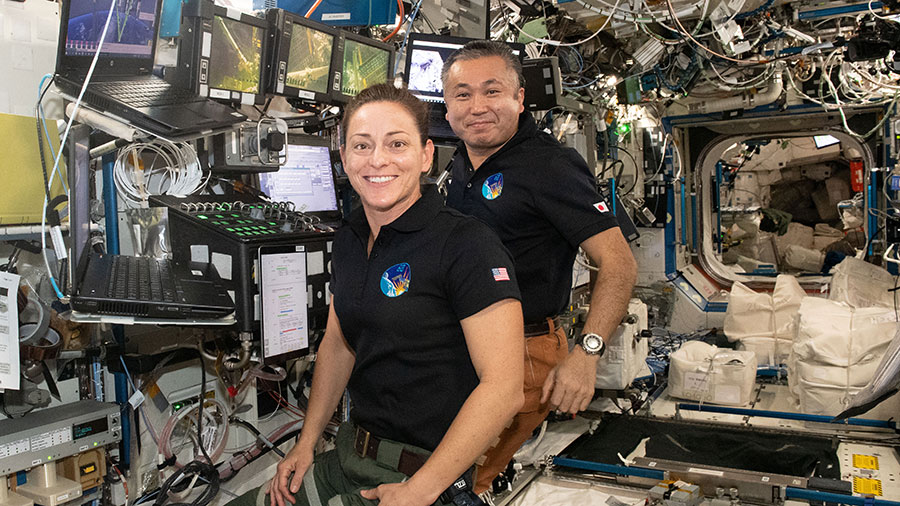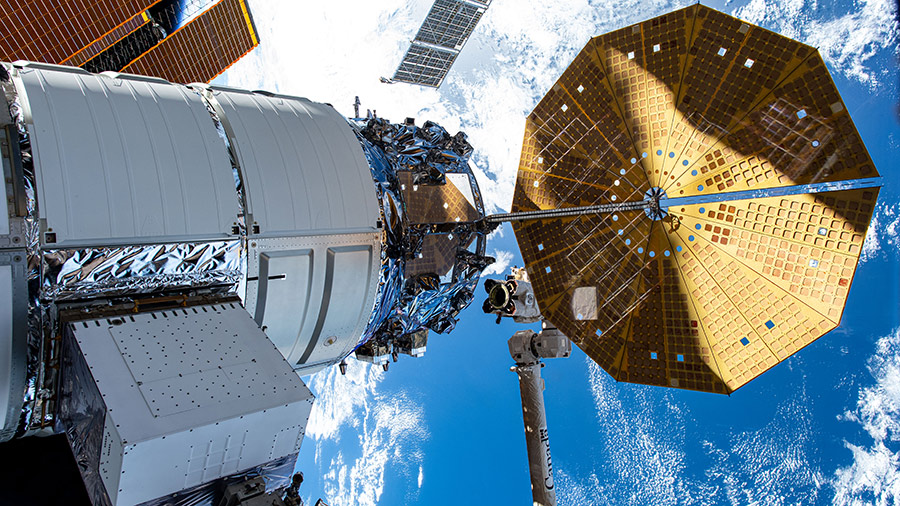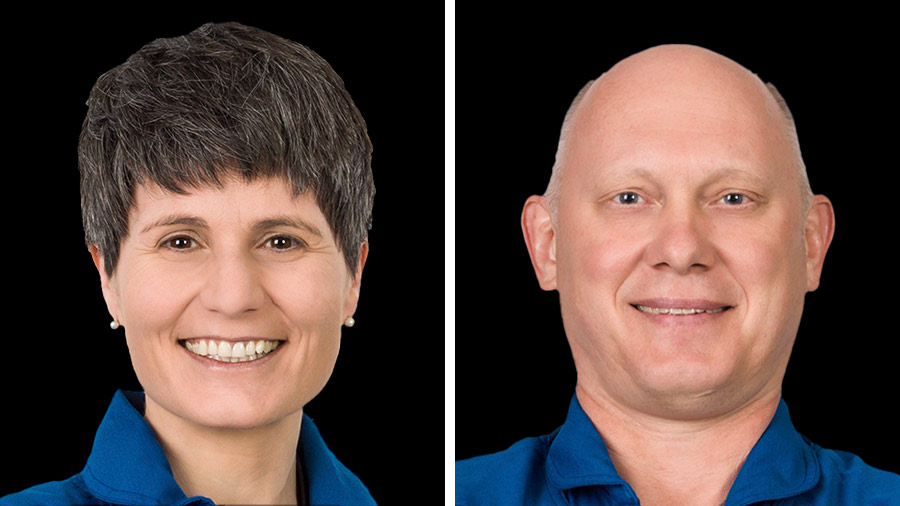
A Roscosmos resupply ship is in orbit today chasing the International Space Station for a Thursday night docking. Meanwhile, the seven Expedition 68 crew members scanned their veins, studied plasma physics, reviewed U.S. cargo mission procedures, and practiced controlling a new robotic arm on Wednesday.
Three tons of food, fuel, and supplies are packed inside the ISS Progress 82 cargo craft and orbiting Earth headed for the station’s Poisk module where it will dock at 10:49 p.m. EDT on Thursday. The Progress 82 blasted off from a chilly, cloud-covered Baikonur Cosmodrome in Kazakhstan at 8:20 p.m. on Tuesday. Commander Sergey Prokopyev and Flight Engineer Dmitri Petelin will be on duty in the Zvezda service module monitoring the Progress during its automated approach and docking and will be on standby to take manual control if required. They will open the hatches and begin offloading the new cargo a few hours later.
The orbiting lab’s four astronauts kept up a busy schedule of human research on Wednesday studying how space affects their bodies. Flight Engineer Koichi Wakata of the Japan Aerospace Exploration Agency (JAXA) powered on the Ultrasound 2 device in the morning for a series of vein scans. The veteran astronaut then took turns with NASA Flight Engineers Frank Rubio and Josh Cassada using the Ultrasound 2 to obtain imagery of their neck, shoulder, and leg veins.
Cassada also joined NASA Flight Engineer Nicole Mann and used the same ultrasound device to image their eye’s cornea, lens, and optic nerve. Cassada would later join Rubio in the afternoon for more eye scans using biomedical imaging gear, similar to that found in an eye doctor’s office on Earth, to view their retinas. The optic exams help doctors understand how weightlessness affects eye pressure, shape, anatomy, and vision.
Cassada, Mann, and Wakata started the day with health checks checking temperature, blood pressure, pulse, and respiratory rate. Cassada and Mann then spent about two hours reviewing operations to robotically capture the U.S. Cygnus space freighter planned to arrive in early November.
Prokopyev was back on space physics research studying how plasma crystals form in space that could advance fundamental knowledge, improve spacecraft designs, and benefit industries on Earth. Petelin attached sensors to himself for an experiment observing how microgravity affects the blood circulation system. Finally, cosmonaut Anna Kikina trained to operate the European robotic arm, the station’s third and newest manipulator, for future external payload activities.




